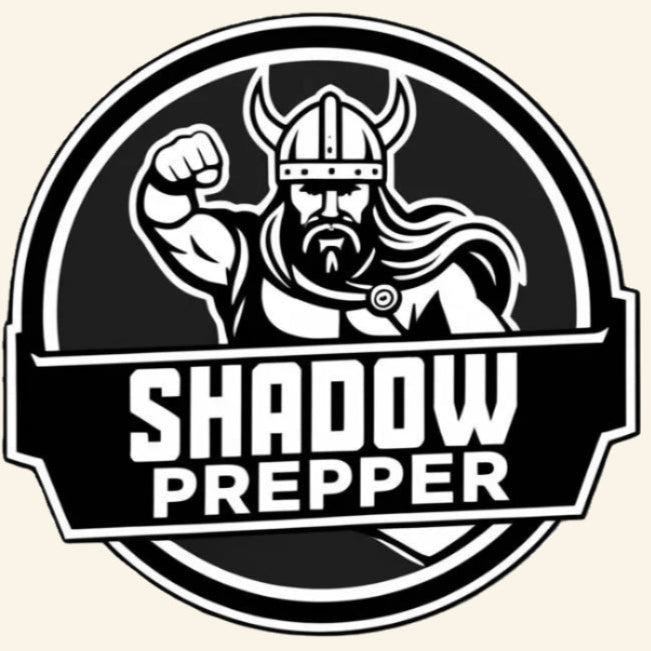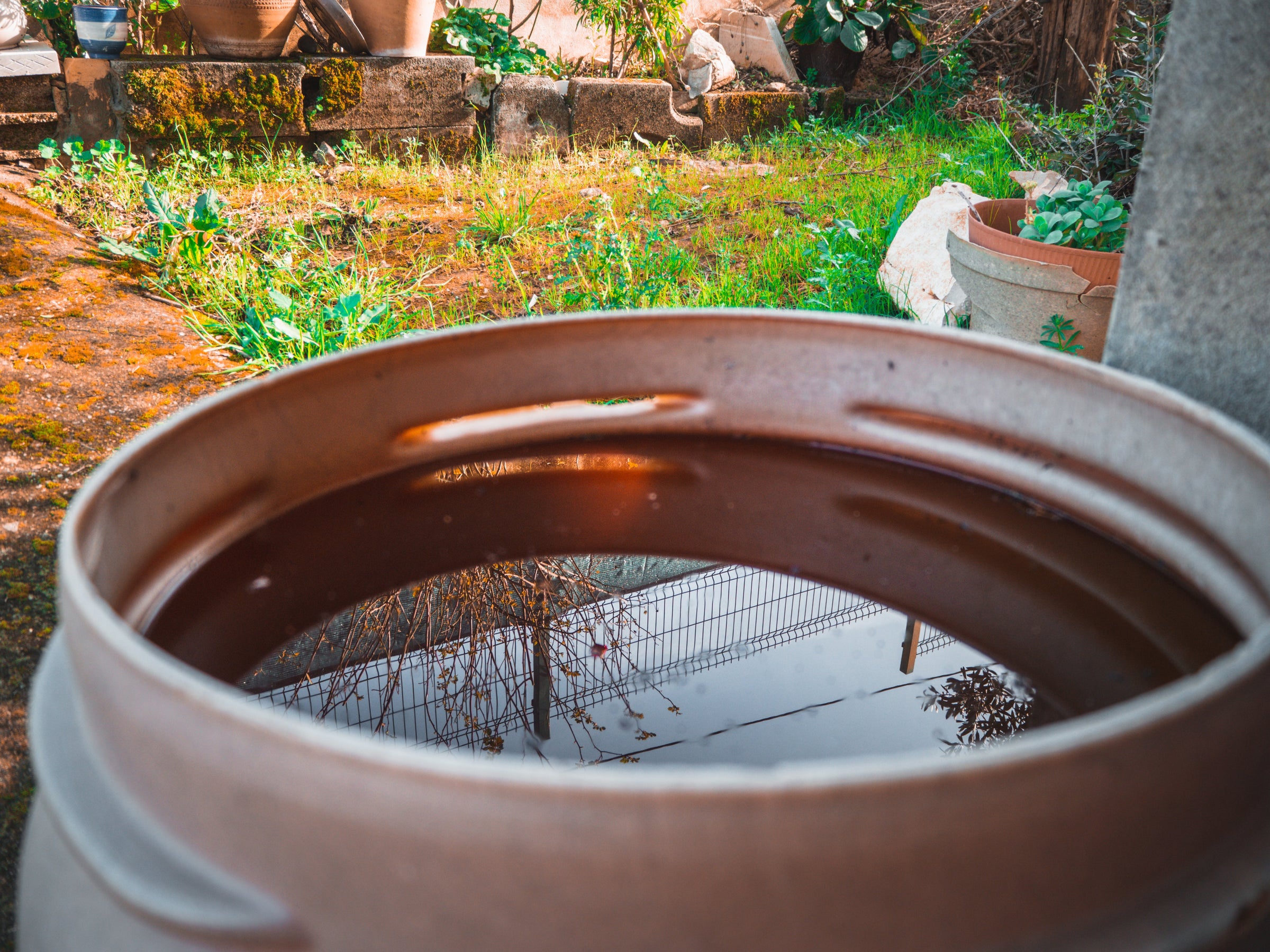Water Storage for Urban Living: Tips for Storing Water in an Apartment or Suburban Home
Posted on January 20 2025,
City living comes with its challenges—especially when it comes to being ready for emergencies. One of the trickiest parts? Water storage. You need enough to keep your family safe and hydrated during a crisis while also allowing extra for hygiene purposes. Where do you keep this in a
This blog post has smart, space-saving solutions to help you become an urban prepping pro in storing water.
Why Water Storage Is Essential tial
tial
During a crisis, water storage isn’t just about convenience—it’s survival. FEMA recommends at least one gallon per person per day for drinking, cooking and sanitation. For a family of four that’s 12 gallons for three days, the bare minimum for emergencies.
We have many reminders and examples of why the issue of water is so important in a crisis. The 2021 Texas freeze where millions were left scrambling for clean water. The Flint Michigan water crisis that began in 2014 and continues to be left unresolved. Last year's floods in North Carolina which left residents without clean drinking water for two months.
Natural disasters can leave people without access to water for an unknown period of time. By prepping ahead with the right water storage solutions, you can avoid panic and be prepared.
Choosing the Best Containers for Water Storage
1. Stackable Water Storage Containers

Brands like WaterBrick (shown above) and Scepter make stackable, BPA-free containers that fit in closets or under beds.
These modular containers stack like LEGO blocks, making them perfect for homes or apartments. WaterBrick International offers options that are easy to carry, store and pour—each holding 3.5 gallons of water.
Pro Tip: Use a marker to date your containers. Rotate stored water every six months to keep it fresh
2. Collapsible Water Containers
When space is tight, collapsible containers hold several gallons when expanded and fold flat when not in use, making them ideal for compact water storage when you have time to plan. Most are easy to carry and take on the road if evacuation or bug out is necessary.
3. Glass Jars
If you have a unused jars sitting empty, why not put them to use? Fill them with clean water, date them, check occasionally for rust, etc...
4. Rain Barrels or Rain Tanks

Make use of any outdoor space you have available with a rain barrel, rain tank or similar. Capture rain water or simply fill with a hose (marking in your calendar when it was filled)
*It's recommended that you test water if you don't know how long it's been stored or what the source is.
Places to Store Water in Your Home
-
Under the Bed: Slide stackable containers or water bricks underneath
-
Behind Furniture: Slim jugs fit behind sofas or large furniture pieces like bookcases or entertainment units without being obvious
-
In Closets: Dedicate a shelf in your pantry or hallway closet to water storage
Emergency Water Purification Methods
1. Portable Water Filters
Filters like the LifeStraw and Sawyer Mini are compact and effective, removing bacteria and protozoa from questionable water sources.
2. Water Purification Tablets
Tablets like Aquatabs are small, lightweight and a must-have in your emergency kit. They're fast and easy to use solution.
3. Boiling Water

For a no-frills option, boiling water is simple, easy and effective. Heat water for at least 1-3 minutes to kill harmful pathogens.
How Much Water Storage Is Enough?
To plan effectively break down your needs:
-
Drinking: 1 gallon per person per day
-
Cooking and Food Prep: half a gallon per person per day
-
Sanitation: half a gallon per person per day
Add more for pets, plants or gardens, and luxuries like coffee. Aim for at least one weeks worth of water if space allows which is essentially 14 gallons per person.
Hydration Hacks and Space-Saving Tips
Stock Electrolytes
When water is scarce, efficiency matters. Keep electrolyte powders on-hand boost hydration while taking up minimal space. These are our favorites.
Multi-Use Containers
In addition to filling jars with water, consider investing in dual-purpose containers that work for both water storage and transportation. Here are the ones we use.
FAQs: Water Storage for Urban Preppers
Q: What are the best water storage solutions for small spaces?
A: Stackable containers, collapsible jugs and water bricks are all great options for compact water storage in suburban and city homes.
Q: How long can water be stored?
A: If kept in food-grade containers away from sunlight and chemicals, water can last indefinitely. Rotate it every six months for safety.
Q: Can I store water in my bathtub?
A: Absolutely! Use a liner like the WaterBOB to keep water clean and safe for use. It can hold up to 100 gallons—perfect for last-minute prepping.
Start Your Water Storage Journey Today
Water storage doesn’t have to dominate your living space—or your peace of mind. With the right tools, creative strategies and planning, you will be confident and prepared!



0 comments